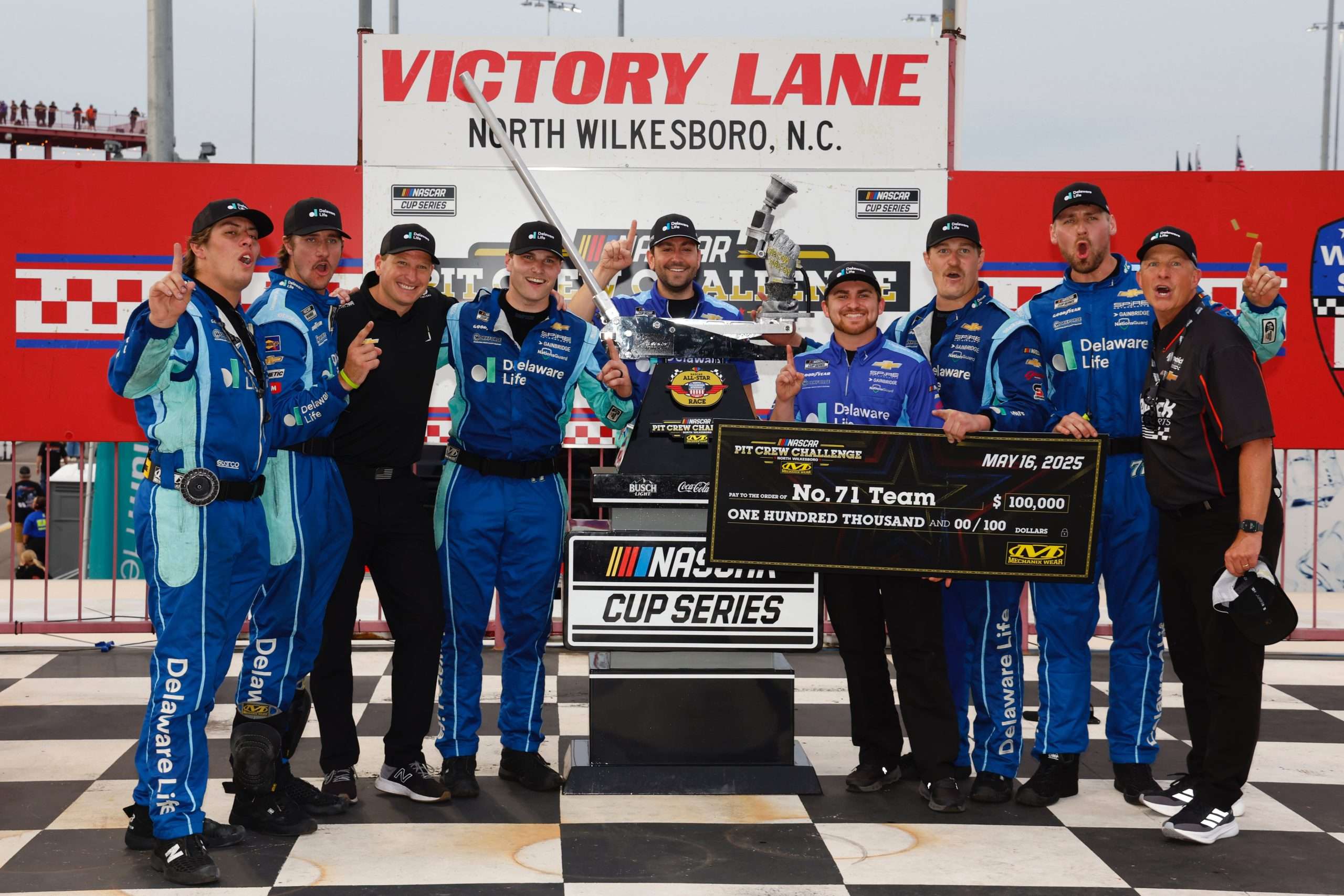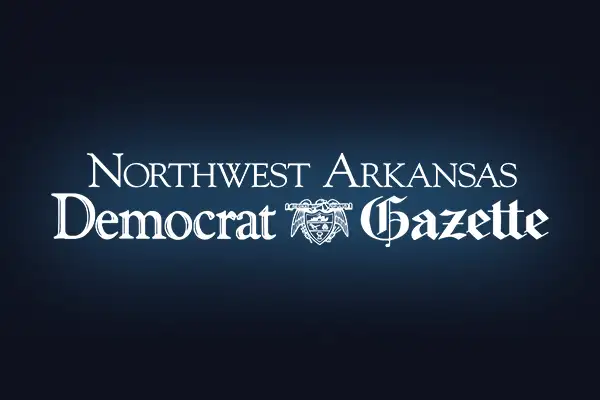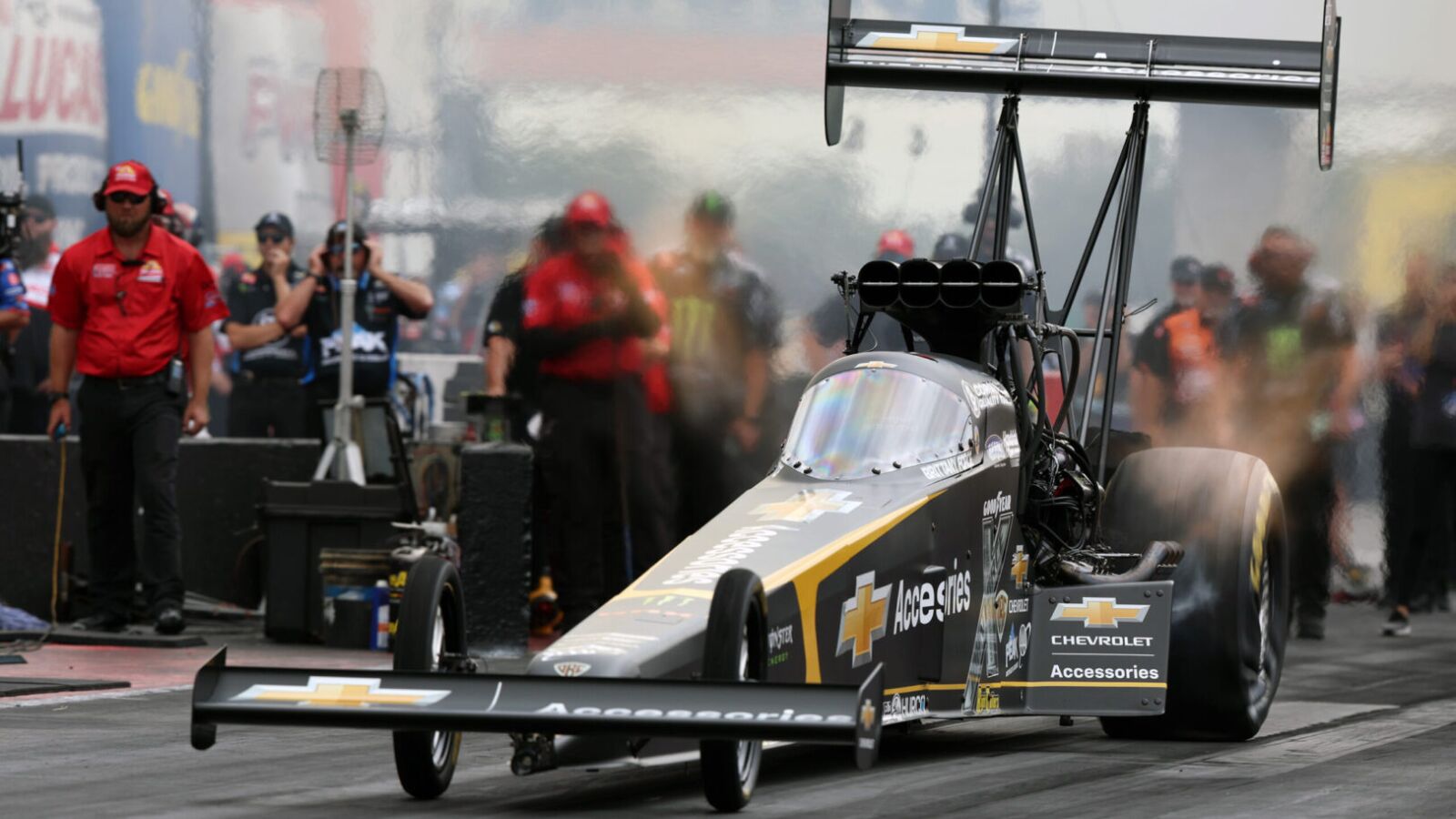CONCORD, N.C. — Margins in NASCAR have never been smaller.
Whether it’s the leveling effect of the Next Gen car or the evolving technological arms race among teams, the Cup Series has never been tighter. And as parity grows, so does the need to uncover even the slightest competitive advantage.
That’s where artificial intelligence comes in.
From performance analysis to data visualizations, AI is playing an increasingly pivotal role in how race teams operate across the NASCAR garage. Teams are using AI not just to crunch numbers, but also to make quicker decisions, generate strategic insights — and even rewrite the way they approach race weekends.
“It just builds a little bit more each year,” said Josh Sell, RFK Racing’s competition director. “We’re doing more now than we were a year ago. And we’ll probably be doing more a year from now than we are sitting here right now. It just continues to evolve.”
ASK BETTER QUESTIONS
The rise of AI in NASCAR mirrors the broader tech world.
Early large language models — or LLMs — were trained to answer basic questions. But now, they can cite sources, detect tone and reason through complex decisions. That opens up a new world for how teams evaluate everything from strategy calls to post-race feedback.
For example, a full race’s worth of driver and crew radio chatter can be fed into an AI model that not only identifies which calls worked and which didn’t, but also interprets tone and urgency in real time.
“Information is speed in this game nowadays,” said Tom Gray, technical director at Hendrick Motorsports. “He who can distill the information quicker and get to the decision quicker, ultimately, is going to have the race win. “
FINDING THE TIME
AI is also helping teams develop talent and streamline operations.
Even if someone on the team isn’t an expert in a particular field, AI can help them learn new skills faster. That’s especially important in the highly specialized Cup Series garage — and it could help smaller teams close the gap with bigger operations.
RFK Racing, now a three-car Cup Series team, is already seeing those benefits.
AI helps reduce the hours team members spend manually analyzing photos or videos. Instead of having a crew chief sort through everything, the software flags the most relevant material and delivers it quickly. On the technical side, the team is also using tools like ChatGPT to assist with software development, solving coding problems in various languages and freeing up engineers to focus on execution.
“It’s trying to figure out ways where, instead of having a crew chief spending three hours studying whatever it might be — photos, videos — if we can shorten that to an hour of really impactful time,” Sell said. “Looking at things that are important to them, not searching to find those things. That’s the biggest gain we see, and certainly whether it’s through the week or on race weekends, time is our limiting factor.
“You have a finite amount of time from the time practice ends to when the race starts. What you’re able to do to maximize the efficiency of that time is kind of a race in and of itself.”
VISUAL DATA
At Hendrick Motorsports, the winningest team in Cup Series history, AI is being used both to look ahead and to look back.
The team now works closely with Amazon Web Services (AWS) — a relationship that began after Prime Video sponsored one of its cars. The partnership has accelerated Hendrick’s use of AI across several key areas.
One of those is visual communication. Engineers are now generating images to help share ideas, whether they’re pitching a new part or breaking down a technical strategy. That ability to visualize complex concepts instantly helps everyone stay aligned and efficient.
Hendrick is also leveraging its four decades of data. The team can now go back and test old strategies, setups and decisions using AI to predict how past insights might inform future success.
“We’ve had a long history in the sport,” Gray said. “Not only can we look forward, but we can also look backward, back-test all the information we have, and see how that predicts the future.”



























































